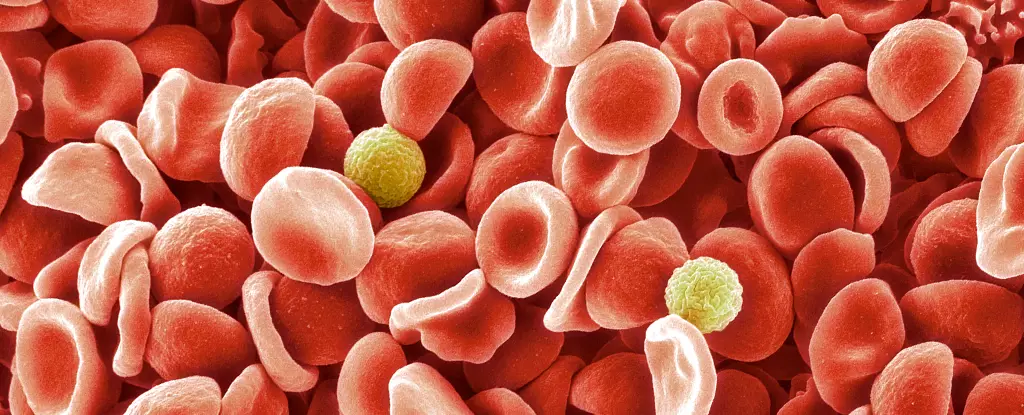In a striking case from 1972, medical professionals encountered an anomaly during a blood test of a pregnant woman, discovering the absence of a surface molecule present on virtually all known red blood cells. This intriguing observation initiated a complex journey that culminated in the recent identification of a novel blood group system known as MAL, a breakthrough achieved by a collaborative effort between researchers from the UK and Israel. The innovative research was published in September, marking a significant milestone in the realm of hematology. Louise Tilley, a hematologist with the UK National Health Service, characterized this achievement as a “huge achievement” and a testament to nearly two decades of dedicated research aimed at decoding this rare blood phenomenon.
Most individuals are familiar with the ABO blood group system and the Rhesus factor, primarily due to their critical roles in blood transfusions and organ transplants. However, the human blood system is far more intricate, comprising a myriad of additional blood group systems. These systems arise from the diverse collection of cell-surface proteins and sugars that cover our red blood cells. These antigen molecules serve crucial functions in the immune response, acting as identifiers that our bodies utilize to distinguish between self and non-self entities. Mismatched antigens during transfusions can provoke severe immune reactions, leading to potentially fatal consequences.
Historically, the discovery of major blood groups occurred primarily in the early 20th century, with many new systems identified more recently focusing on niche populations. The MAL blood group adds to this knowledge base, as it affects a small segment of the global population, further elucidating the complexities of human genetics.
The Road to Discovery: Research Challenges and Breakthroughs
The research team faced numerous challenges in their pursuit of understanding this unique blood group. Tilley emphasized that the rarity of genetic cases complicated their efforts, as over 99.9 percent of individuals possess the AnWj antigen—the molecule absent in the patient of interest. The antigen is associated with a myelin and lymphocyte protein, prompting researchers to designate the newly recognized blood group as the MAL system. It was discovered that individuals inherit mutated forms of both copies of the MAL gene, resulting in an AnWj-negative blood type, akin to that of the pregnant woman.
Further complicating matters, the team identified three additional patients with AnWj-negative blood types who didn’t exhibit the typical gene mutation, raising questions about other potential mechanisms that could suppress this antigen. According to interdisciplinary findings from Tim Satchwell, a cell biologist at the University of the West of England, the MAL protein’s diminutive size and unique properties posed significant hurdles in their identification process. The researchers needed to explore various investigative pathways to validate their findings and assert the existence of the MAL blood group.
A pivotal element in confirming their hypotheses involved reinserting the normal MAL gene into AnWj-negative blood cells, successfully reintroducing the lost antigen to these cells. This innovative experimental methodology not only highlighted the role of the MAL protein in maintaining cell membrane integrity and facilitating cellular transport but also offered insights into the developmental stages of blood antigens. Notably, the AnWj antigen was not found in newborns but emerged soon after birth, adding an additional layer of complexity to its genetic expression.
Researchers noted an intriguing commonality among all AnWj-negative patients in the study, as they shared the same mutation. However, investigations revealed no accompanying cellular abnormalities or diseases linked to this mutation, signifying a potentially isolated genetic factor.
By elucidating the genetic markers associated with the MAL blood type, medical professionals can now implement targeted testing to differentiate between inherited and suppressed MAL blood types. This evaluation is paramount, as suppression may signal the presence of underlying health issues. The implications of this research transcend mere academic interest; they possess the potential to prevent adverse outcomes for patients with rare blood types, ultimately contributing to improved healthcare responses and expanded understanding of human blood chemistry.
As we move forward, gaining insights into rare blood groups can significantly enhance patient management strategies, ensuring that all individuals receive the best care possible, regardless of the uniqueness of their blood type. Each discovery in this field aids in saving lives and exemplifies the profound intricacies of human biology.


Leave a Reply